Your Guide to Planting Fall Bulbs for an Unforgettable Spring
You know those spring gardens that just stop you in your tracks? The ones with stunning, dense waves of color? I’m going to let you in on a little secret from my years in the landscaping world: those gardens aren’t made in the spring. They’re born from a couple of hours of work on a crisp autumn afternoon.
In this article
Planting bulbs is a bit of an act of faith, I’ll admit. You’re burying these funny-looking, dense little packages of life and trusting that winter’s chill will work its magic for a spectacular show months later. But it’s not just about digging a hole and hoping for the best. To get that professional result—the kind that comes back year after year—you need to know what the bulbs are really asking for.
Let’s get into the nitty-gritty of how to go from a few lonely flowers to a jaw-dropping carpet of color.
First, A Quick Reality Check: What You’ll Need
Before you get swept up in the beautiful pictures on the bulb packages, let’s talk logistics. Having everything on hand makes the process so much smoother. Here’s a basic shopping list:
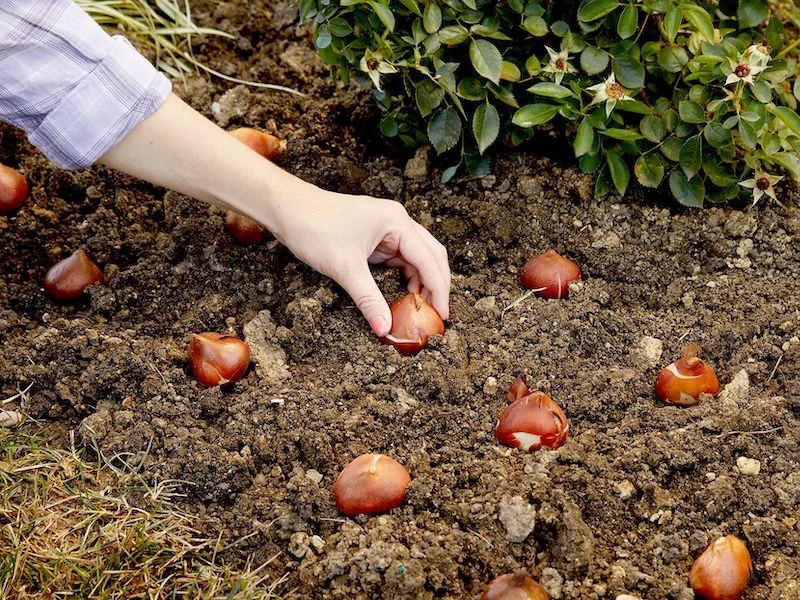
- The Bulbs! (More on choosing these in a bit.)
- Soil Amendments: A bag or two of good quality compost or pine bark fines. This is non-negotiable for heavy clay soil. Expect to pay about $8-$12 for a 2-cubic-foot bag at any home and garden center.
- Bulb Food: A granular, low-nitrogen fertilizer. A small box usually costs under $15 and will last you a while. I prefer the balanced bulb foods over pure bone meal, as bone meal can sometimes attract raccoons and other curious critters.
- Tools: A sturdy trowel is a must. For larger plantings, a long-handled bulb planter or a drill with a bulb auger attachment is a total back-saver.
- Optional but Recommended: A simple soil thermometer ($10-$15 online), gardening gloves, and chicken wire if squirrels are a known menace in your yard.
Timing and Soil Prep: The Make-or-Break Steps
Honestly, if you get these two things right, you’ve won 90% of the battle. I’ve seen more bulb projects fail from bad timing or soggy soil than anything else. This is the foundation.
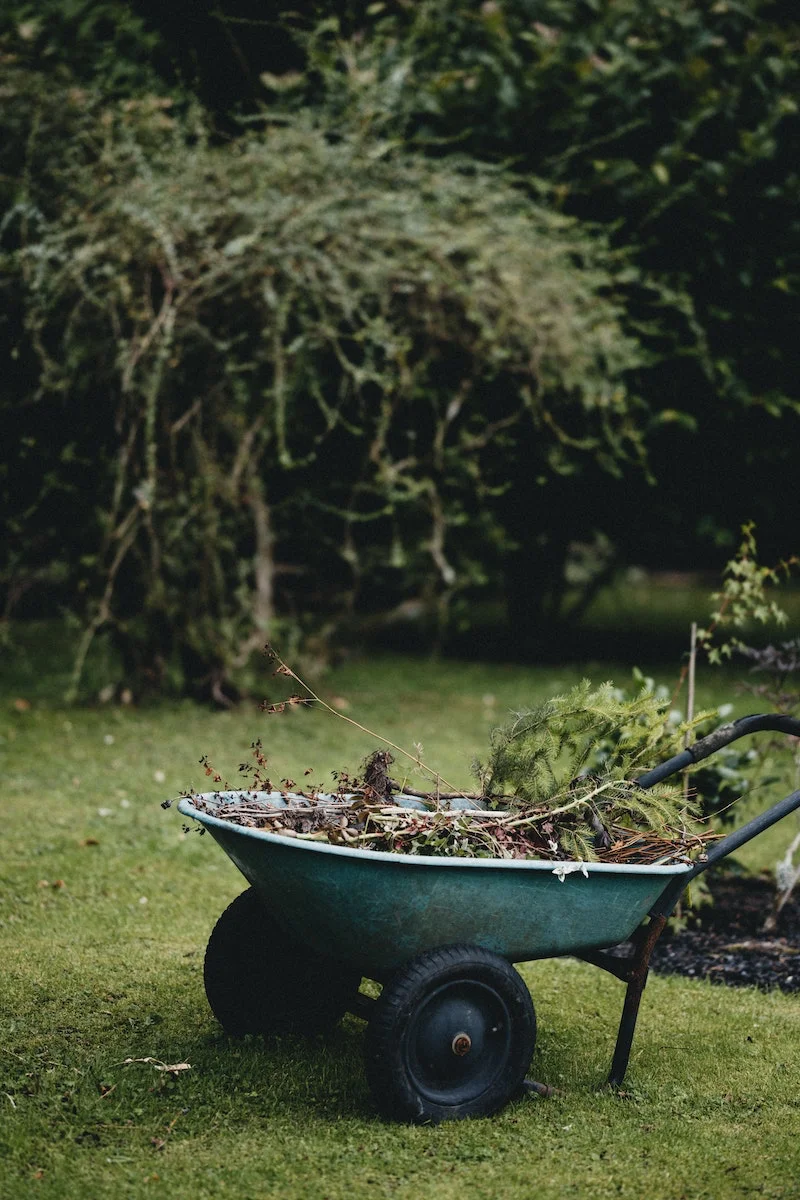
So, when is the perfect time to plant? Forget the calendar. You need to watch your local weather. The sweet spot is when the overnight temperatures are consistently dipping into the 40-50°F range. This usually means the soil itself, about 6 inches down, is below 60°F. A cheap soil thermometer takes out all the guesswork. This timing is cool enough to stop the bulbs from sending up green shoots (which would get zapped by frost) but still warm enough for them to grow a strong root system before the deep freeze sets in.
Bulbs absolutely HATE sitting in water, or what we call having “wet feet.” They will rot. Period. Before you even buy a single bulb, test your drainage. Dig a hole about a foot deep, fill it with water, and let it drain. Then fill it again. If it takes more than 8 hours to drain the second time, you’ve got work to do.

To fix heavy, clay-like soil, you need to amend it. My go-to method is to dig out the top 10-12 inches of soil in the planting area and mix it thoroughly with organic matter. A good ratio is two parts of your existing soil to one part compost. For a typical 5×5 foot garden bed, two 2-cubic-foot bags of amendment should do the trick. The goal is to get a nice, crumbly texture that’s easy to dig in.
Pro Planting Techniques for Maximum Impact
Okay, your soil is prepped and you’ve got your bulbs. Now for the fun part. The first question is always: how deep? A solid rule of thumb is to plant the bulb two to three times as deep as the bulb is tall. So, a 2-inch tulip bulb goes in with its base 6 inches deep. A little 1-inch crocus? Plant it 3 inches deep. This depth protects them from temperature swings and pesky squirrels.
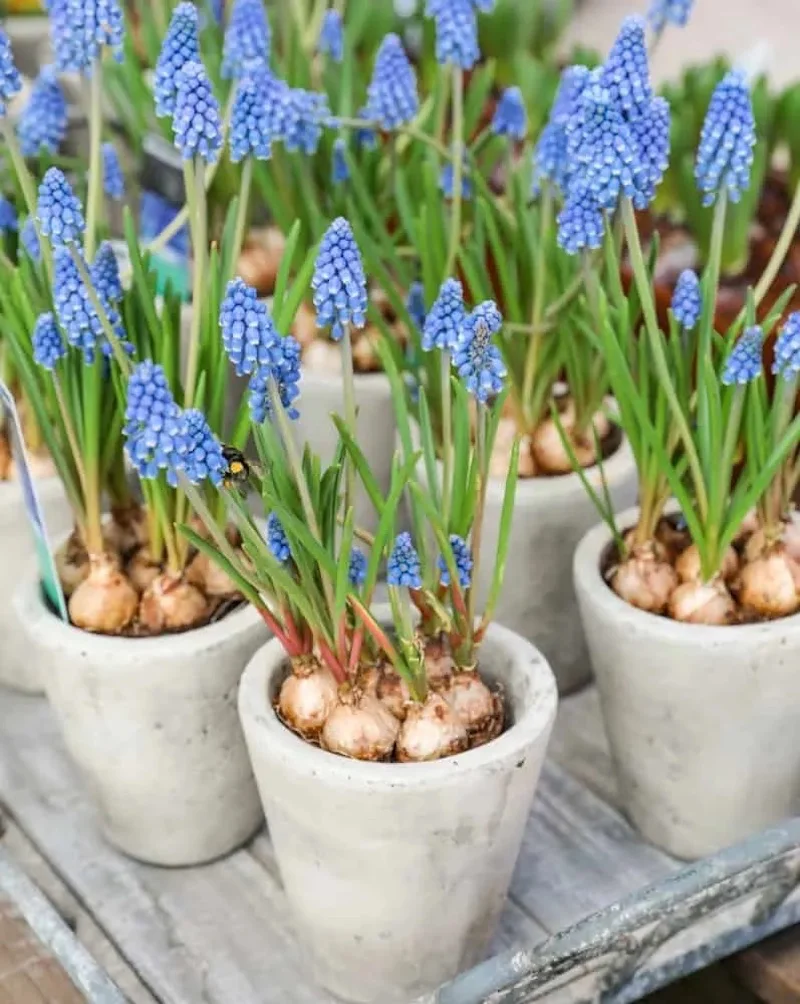
And how many do you need? For a really full, dense look, you’ll want to plant more closely than you think. Here’s a quick guide:
- For large bulbs (Tulips, Daffodils): Plan for about 5-7 bulbs per square foot.
- For small bulbs (Crocus, Grape Hyacinth): Go for 10-15 bulbs per square foot.
Always plant in generous groups or drifts. A single file line of tulips can look a bit sad, but a block of 25 in a two-foot square area? That’s a statement.
The Lasagna Method for Non-Stop Color
When we’re planting for a huge splash of color, we never dig individual holes. It’s way too slow and the depth is never consistent. Instead, we use a layering technique often called the “lasagna method.” It’s perfect for getting a long, continuous bloom time from one spot. Here’s how it works:
- Step 1: Dig out the entire area to a depth of about 8-10 inches.
- Step 2: Mix in your bulb food at the bottom. Then, place your largest, latest-blooming bulbs, like big daffodils or certain alliums, pointy-end up.
- Step 3: Cover them with 2-3 inches of your amended soil.
- Step 4: Now place your mid-season bloomers, like tulips, on this new level.
- Step 5: Add another layer of soil, and then place your smallest, earliest-blooming bulbs like crocus or squill on top.
- Step 6: Cover everything with a final layer of soil, and you’re done!
This creates a wave of blooms that can last for months, with the smallest flowers appearing first and the largest ones closing out the show.
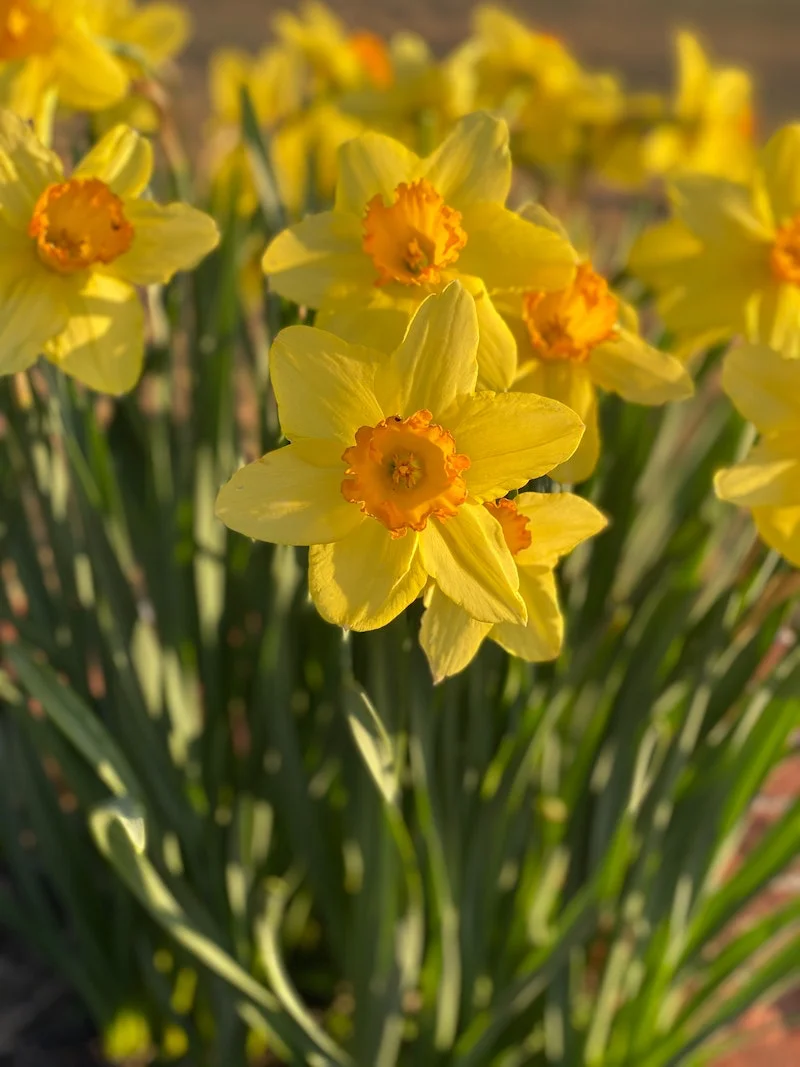
Quick Tip: After you’ve finished planting, water the area well. This helps settle the soil and sends a signal to the bulbs to start growing roots. Then, apply a 2-3 inch layer of mulch (like shredded bark or pine straw). This insulates the soil, protects the bulbs from extreme cold, and helps retain moisture.
Let’s Talk Bulbs: The Good, The Great, and The Gorgeous
Choosing the right bulb is about more than just your favorite color. It’s about reliability and pest resistance.
The Workhorses (Reliable & Pest-Proof)
- Daffodils (Narcissus): If you plant only one thing, make it daffodils. They contain a substance that makes them toxic to deer, squirrels, and voles. They are fantastic perennials, meaning they’ll come back bigger and better each year. The only catch? You MUST let their foliage die back naturally for 6-8 weeks after they bloom. That’s how they store energy for next year. They’re affordable, too, often running between $0.75 and $1.50 per bulb.
- Alliums (Ornamental Onions): These are your garden’s exclamation points! They have big, globe-like flowers on tall stems and are also ignored by pests. They’re perfect for bridging the gap between spring flowers and summer perennials.
- Grape Hyacinths (Muscari): These little guys are tough as nails and spread easily to form a carpet of blue or purple. Just be careful where you plant them, as they can be a bit aggressive. I like using them under trees where they have room to wander.
The Showstoppers (High Impact, Higher Effort)
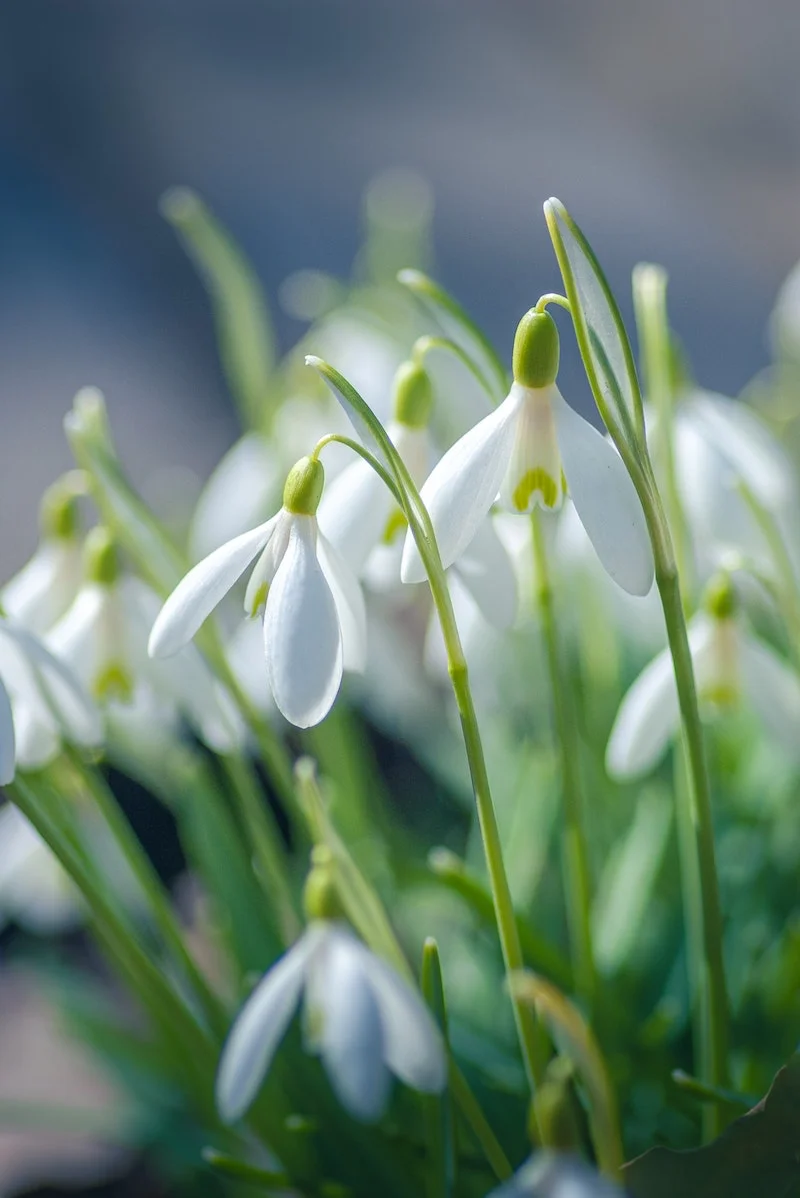
- Tulips (Tulipa): Nothing beats the color range of tulips. But let’s be honest, they are candy for deer and squirrels. And most modern hybrids are best treated as annuals; they’ve been bred for a massive first-year bloom at the expense of long-term strength. For the best display, plant them deep (8 inches) and consider laying a sheet of chicken wire over the soil surface (covered by mulch) to deter digging. Species or Darwin Hybrid types are more likely to return for a few years. Tulips can range from $0.50 for basic ones to over $2 for fancy varieties.
- Hyacinths (Hyacinthus): Famous for that incredible, sweet perfume. They look best planted in tight, formal groups. Heads up: the bulbs can cause skin irritation, so I always wear gloves when handling them. They tend to fade after the first year, so think of them as short-lived beauties.
What If Things Go Wrong? (Troubleshooting)
- Problem: No flowers, just leaves. This often happens to daffodils after a few years. It usually means they’re overcrowded, not getting enough sun, or you cut the foliage back too soon last year. The fix? In the fall, carefully dig up the clump, gently break it apart into smaller sections, and replant them with more space and fresh bulb food.
- Problem: The bulbs disappeared! Ah, the work of critters. Voles eat them from below, and squirrels dig them up from above. The chicken wire trick works for squirrels. For voles, planting in wire mesh “bulb cages” is the most foolproof solution.
- Problem: The bulbs rotted. This is almost always a drainage issue. The only solution is to dig up the area (when it’s not planting season) and seriously amend the soil with organic matter to improve drainage before you try again.
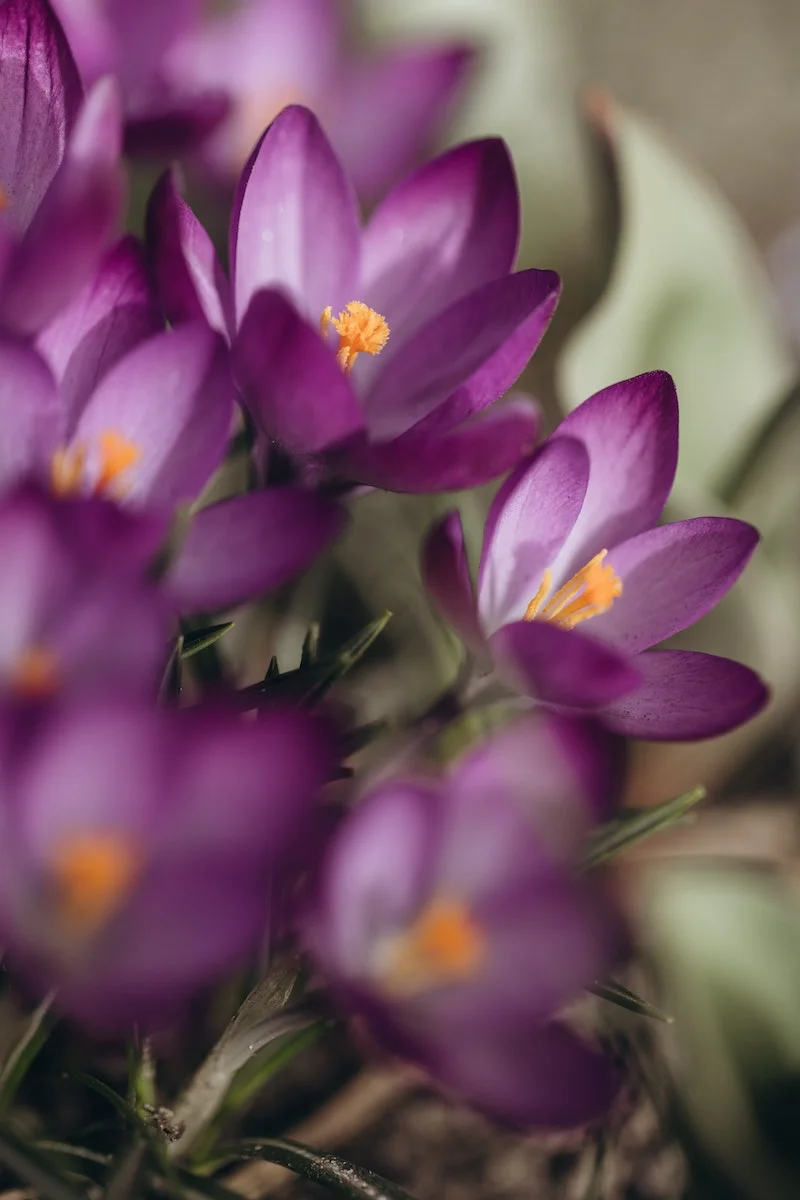
A Final Word (and a Quick Win)
A quick safety note: Many bulbs, especially daffodils and hyacinths, are toxic if eaten by pets or people. Be mindful if you have curious pets or small children, and never plant them near your veggie patch where they could be mistaken for an onion.
Feeling a little overwhelmed? Here’s a quick win: Grab a medium-sized pot with a drainage hole, fill it with potting soil, and plant 15-20 crocus bulbs. It takes 20 minutes, and you’ll have the perfect, cheerful welcome to spring right on your patio.
Planting bulbs in the fall is a quiet, hopeful task. It’s a promise you make to your future self. And trust me, when you see that first splash of color pushing through the cold ground, you’ll be so glad you did. You’re not just planting flowers; you’re setting the stage for spring’s grand entrance.
Inspiration:
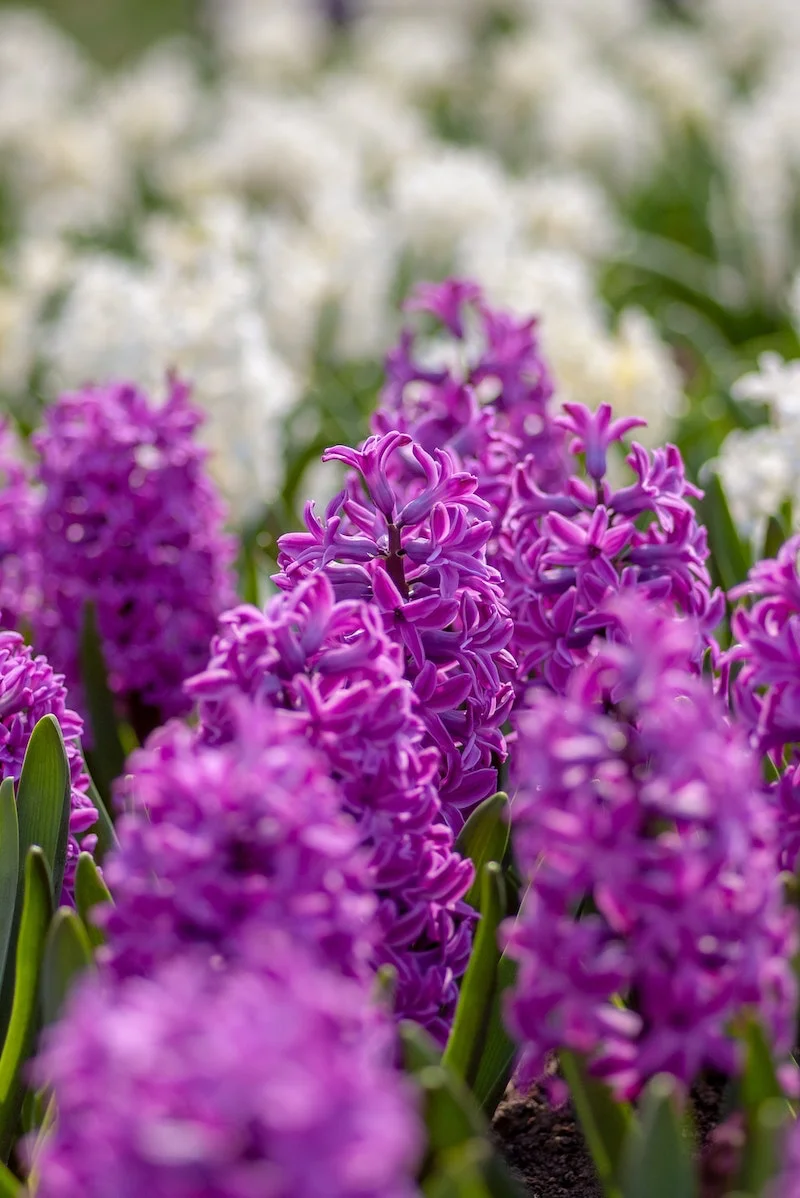
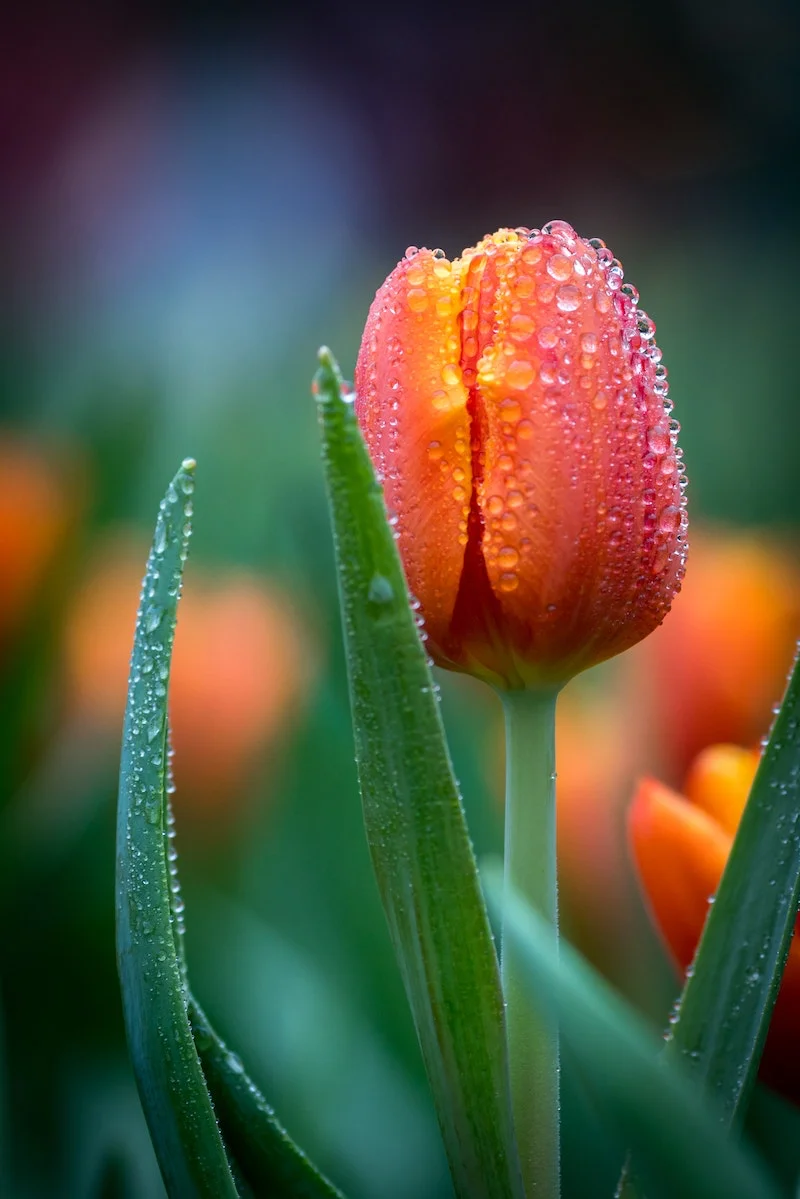
Want that non-stop, rolling wave of color from March to May?
The secret is a planting technique called ‘lasagna layering.’ In a deep, wide hole, plant your largest, latest-blooming bulbs first—think dramatic Allium ‘Globemaster’ or late-season Darwin Hybrid tulips. Add a layer of soil, then plant your mid-season bloomers like daffodils or Triumph tulips. Finish with a top layer of soil and the earliest, smallest bulbs, such as Crocus or Siberian Squill (Scilla siberica). As one wave of flowers fades, the next emerges from below, creating a seamless, long-lasting display in one compact spot.
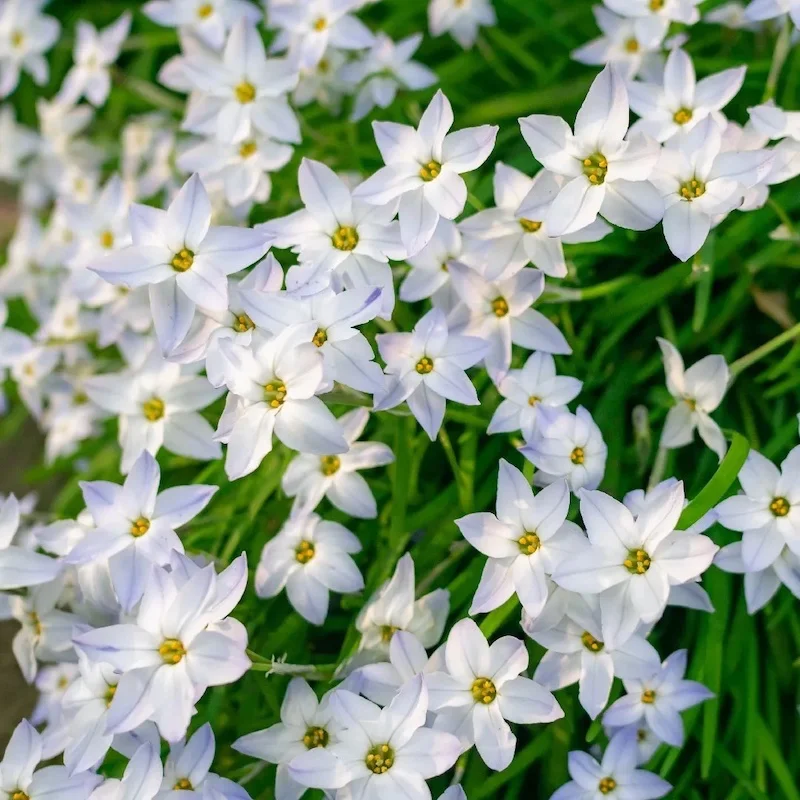
The Netherlands exports approximately 2.5 billion tulip bulbs annually, making it the world’s largest producer.
This massive scale of production means gardeners have access to an incredible diversity of shapes, colors, and bloom times. From the lily-flowered ‘Ballerina’ tulip to the fringed ‘Crispion Sweet,’ exploring catalogs from Dutch suppliers like Breck’s or DutchGrown can introduce you to varieties you’ll never find in a local big-box store, allowing for a truly unique spring garden.
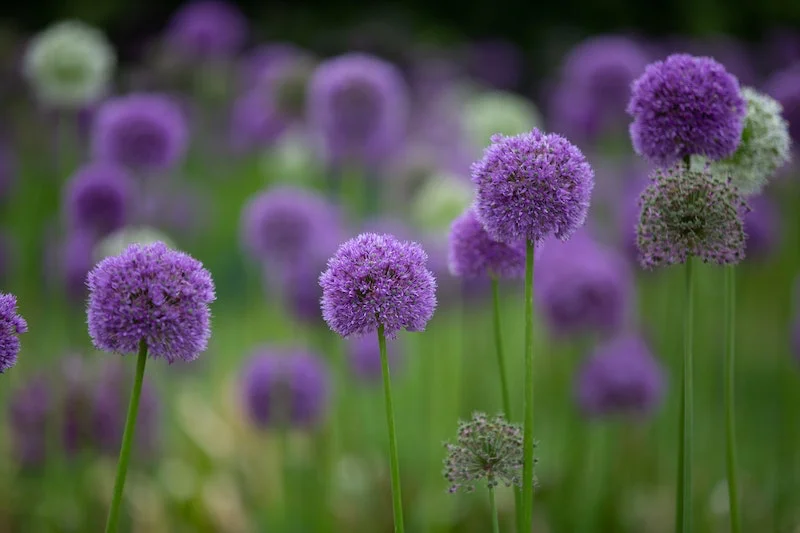
The Formal Bed: Bulbs are planted in precise geometric patterns or dense, single-color blocks for a powerful, manicured statement. Think straight lines of red tulips bordering a walkway.
The Naturalized Drift: Bulbs are scattered by the handful and planted where they fall. This creates soft, meandering swathes of color that look as though they appeared on their own. Ideal for daffodils and crocuses in a lawn or under deciduous trees.
For a modern garden, try the formal approach; for a cottage or woodland feel, the drift is unbeatable.
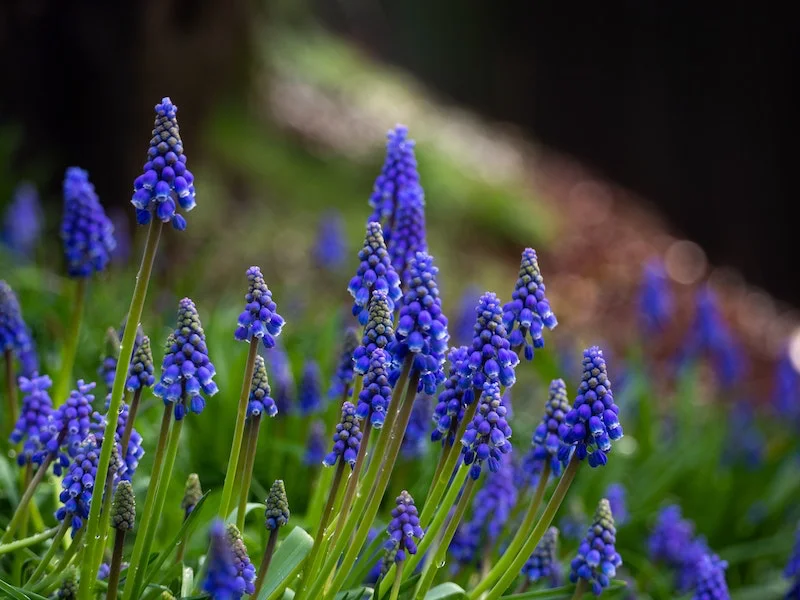
- Create a barrier by adding a handful of sharp grit or crushed oyster shells to each planting hole. Voles and mice dislike digging through it.
- Plant ‘sentinel’ bulbs. Rodents detest the taste of daffodils (Narcissus) and Fritillaria, so planting them around your more delectable tulips and crocuses can act as a natural deterrent.
- A light dusting of cayenne pepper or granulated garlic on the soil surface after planting can often discourage squirrels from digging.
These simple tricks can be the difference between a feast for wildlife and a floral feast for your eyes.
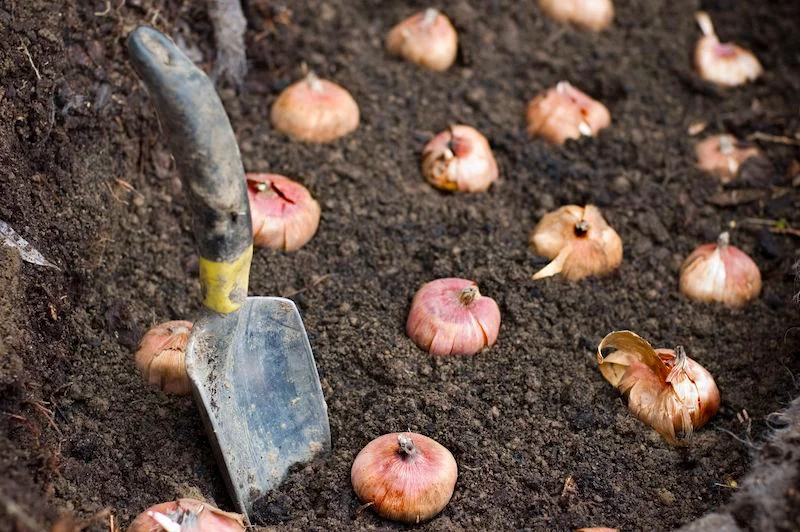
Don’t just plant for your eyes; plant for your nose! Positioning fragrant bulbs along high-traffic paths, near a doorway, or under a frequently opened window transforms the garden experience. The heady perfume of Hyacinths like ‘Delft Blue’ or the sweet, spicy scent of certain Narcissus varieties like ‘Actaea’ will welcome you home on a fresh spring day.
When selecting bulbs, look for weight and firmness. A healthy bulb should feel heavy for its size, like a good onion, and be free of soft spots, mold, or deep gashes. A papery, loose outer skin (the tunic) is perfectly normal for tulips and daffodils, but the bulb underneath should be solid. A lightweight, squishy bulb is likely dried out or rotting and will not perform well.










